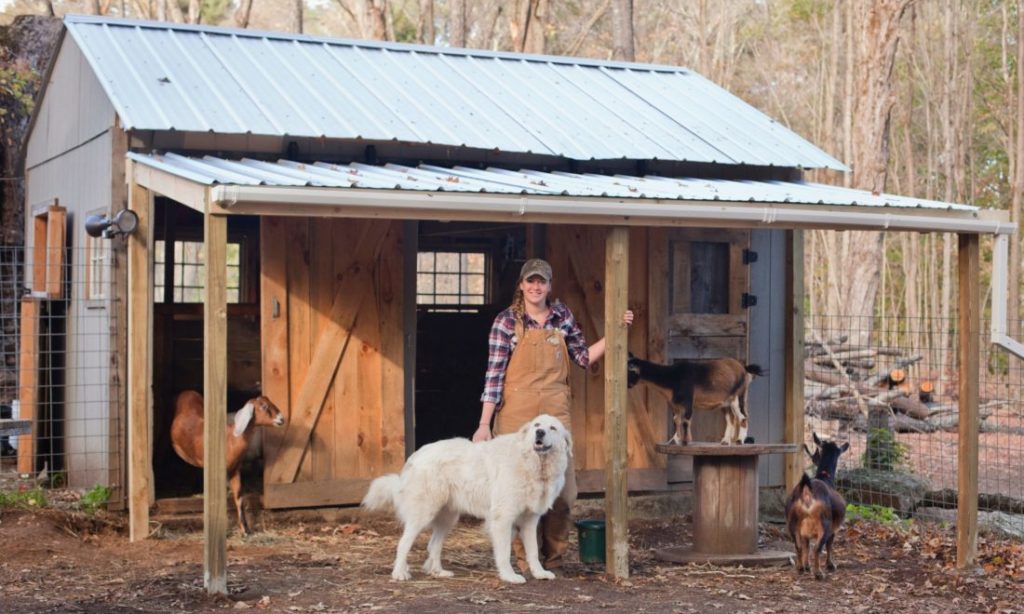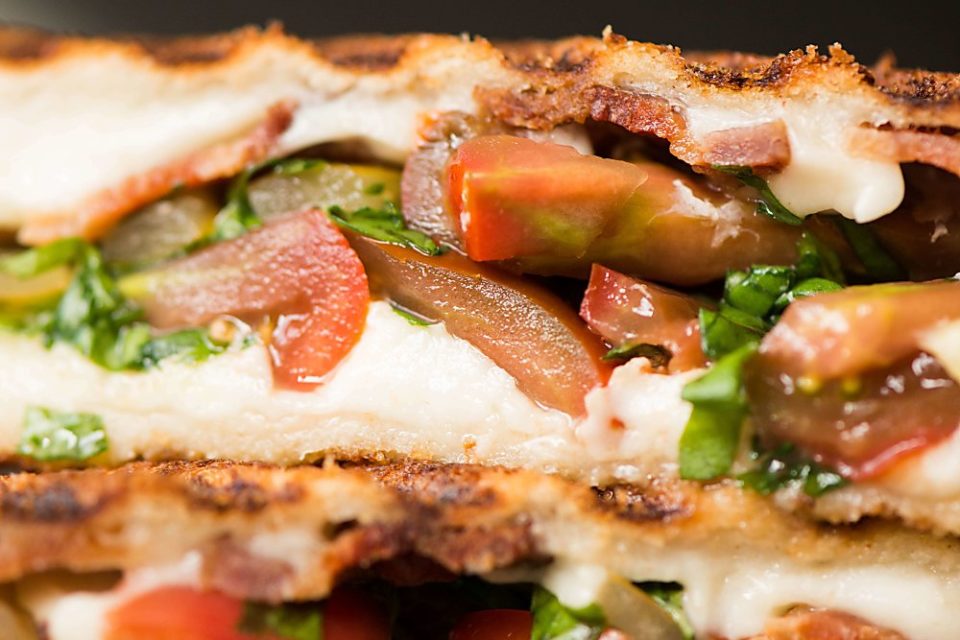
Consider it this way: A goat, born in February, is raised and fattened through spring, then stuffed with apples from trees pruned in March, onions that were planted in April, herbs planted in May, before the meat is garnished with cucumbers pickled in June and summer-ripened tomatoes. But it does enact a kind of midsummer pageant, honoring the preceding seasons, and the work dedicated to those months. Of course, a birthday goat roast is not a ritualized creation myth. He then releases his tribe to populate the land. He kills and consumes the deer, delighting in the sweetness and richness of the earthly meat. In the creation myth of the Delaware Indians, the tribe lives under a lake until one of its hunters spies a deer through a hole in the water. A blessing for the beast – and for ourselves. “Thank You, Brother Goat,” we say before the cut. More importantly, you are responsible for doing right by that goat you chose to kill. You are, after all, responsible for feeding a crowd you invited. It is crucial to maintain faith that the goat is actually cooking down there and not simply sitting on the coals of a dying fire. Meanwhile, you must clean, trim, stuff, rub, tie, wrap in parchment, wrap in foil, bind in baling wire, and finally, carefully, lower a goat into the extremely hot pit. Bring a sharp axe because you will be splitting wood to feed the flames for at least four hours.Ĭonsider it this way: A goat, born in February, is raised and fattened through spring, then stuffed with apples from trees pruned in March, onions that were planted in April, herbs planted in May, before the meat is garnished with cucumbers pickled in June and summer-ripened tomatoes. On the morning of the roast, you must wake at 3:30am to start a proper fire. The pit floor is then covered with a layer of lava rock.


Then, line the hole with 200 pounds of old brick. No turning back now.įirst, you must dig a massive hole in parched soil. If the farmer who provided the goat wasn’t sure about tucking into a plate of tacos cabrito, who would be? I glanced at our half skinned animal, now almost fully transformed from living creature to edible product. “I’ve never much liked the taste of it, to be honest.” This was concerning. Midway through processing our beast, I asked him about his favorite way to prepare goat. John has raised and slaughtered goats his entire life. John provided the kid for slaughter, and generously offered to assist me in the process. When I hosted my first roast I had a comrade-in arms: John Gould, a local farmer who has pastured goats in the South Valley for 40 years. Though goat accounts for 70 percent of all red meat consumed worldwide – as c abrito, capretto, or ndafu – the United States is one of the last places where it is still considered exotic. If you think that sounds crazy, you’re probably American. No turning back now.īeyond that, I’ve fallen in love with the taste of the meat, one of the world’s most distinct and evocative flavors. I glanced at our half skinned animal, now almost fully transformed from living creature to edible product. More than an outdoor party, the process of slaughtering and then cooking a young goat in an underground fire pit has become a significant seasonal ritual.

My birthday falls in August and for the past two summers I have hosted a goat roast on the 4-acre farm I co-manage in the Southern Rio Grande Valley of Albuquerque, New Mexico.


 0 kommentar(er)
0 kommentar(er)
